Your vital organs—screened
Scan your body for potential cancer and 500+ conditions in up to 13 organs.




Our scan is designed to










"A large part of the credit for this great prognosis goes to early detection: given that the tumor was found so early, it was easier to remove surgically, and any spread is unlikely"

Most people diagnosed with cancer twice can’t say cancer and lucky in the same sentence. I'm so thankful to have caught these cancers early.


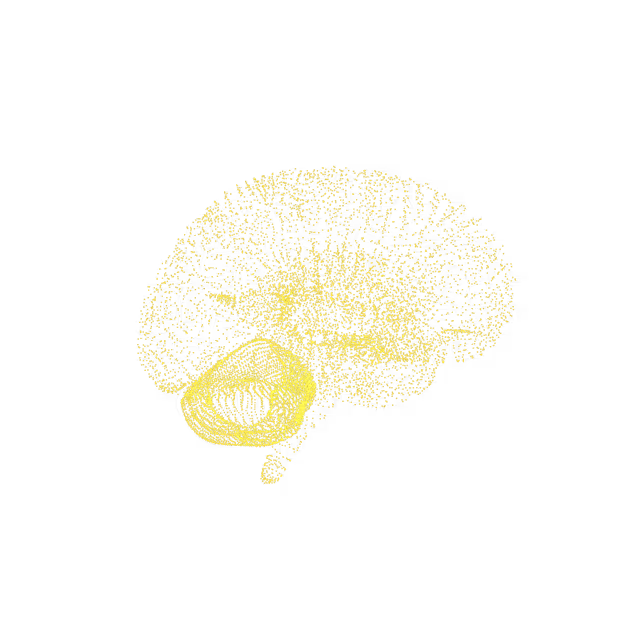
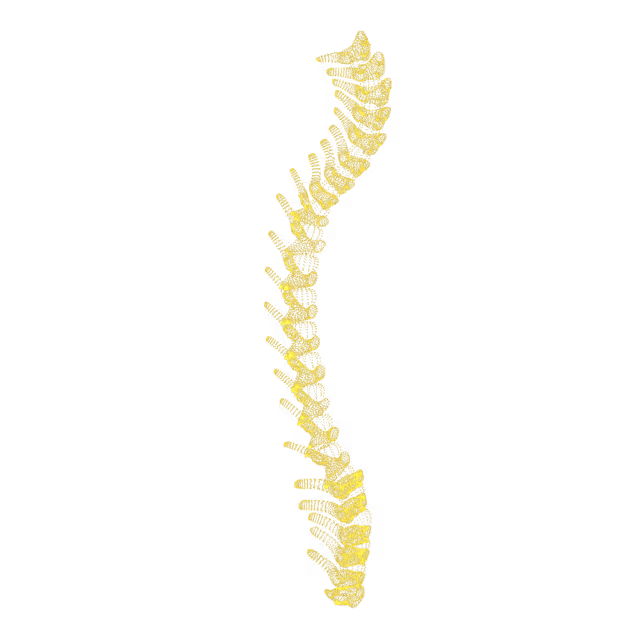
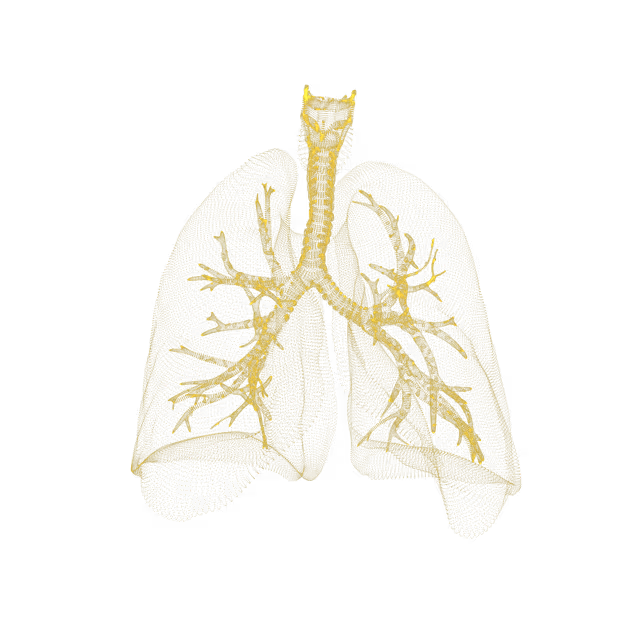
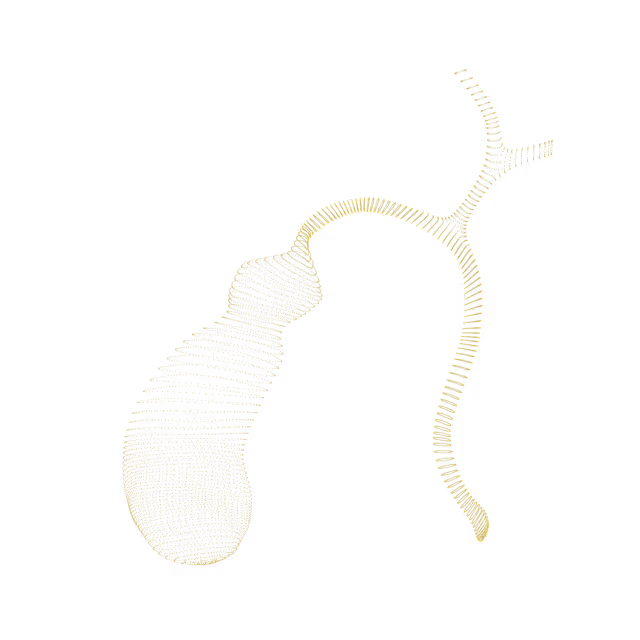
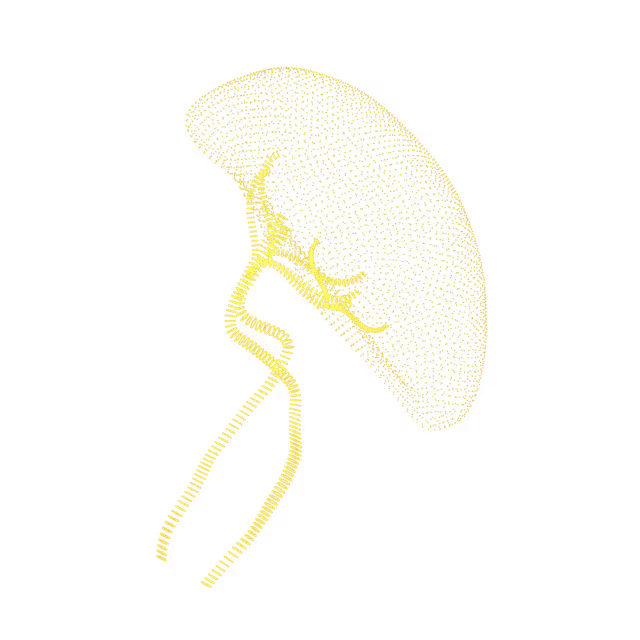
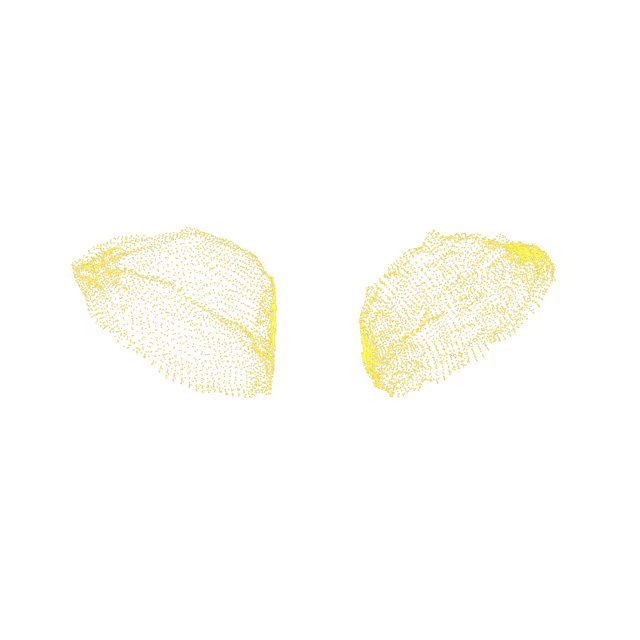
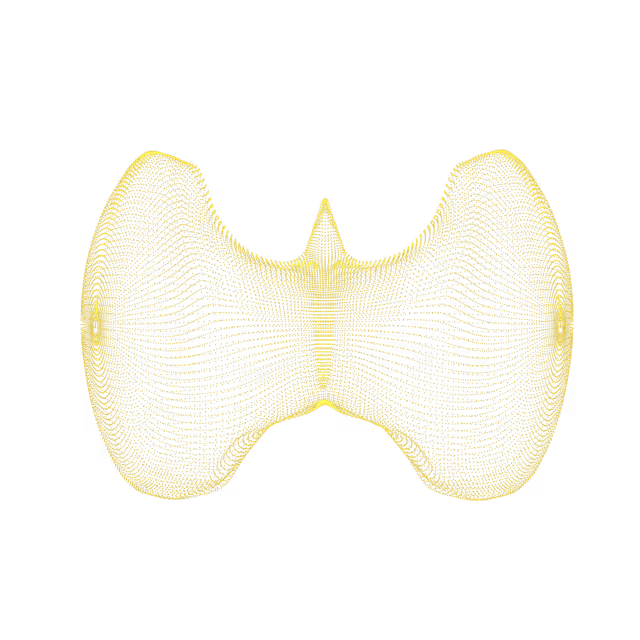
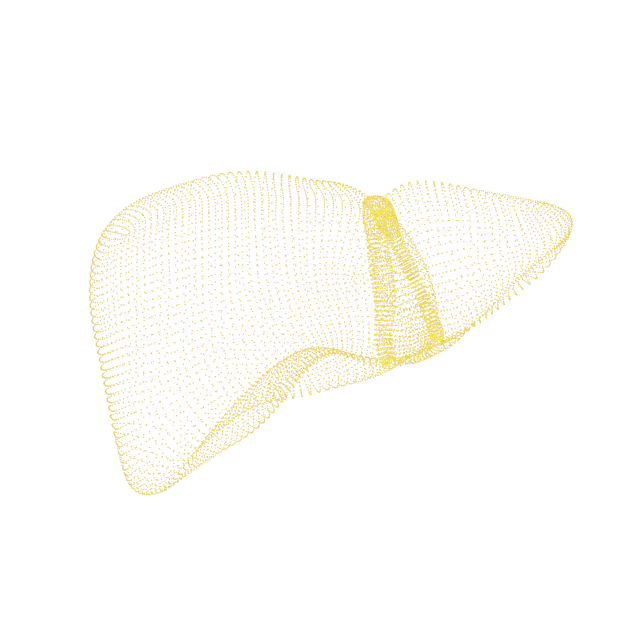
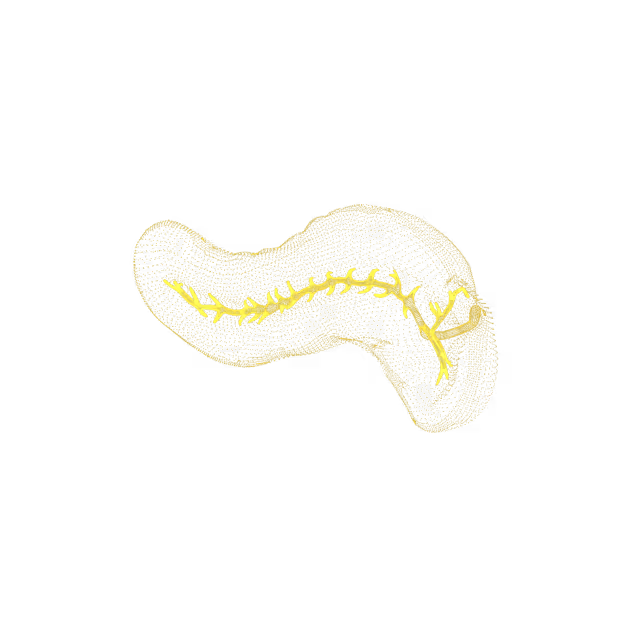
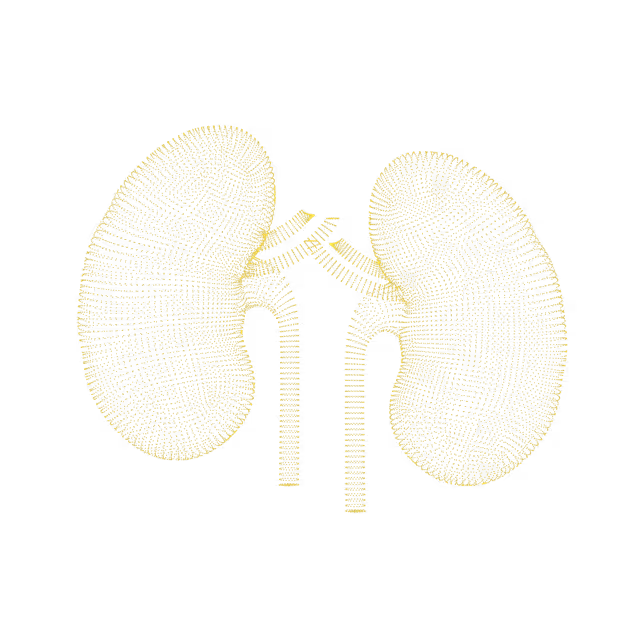
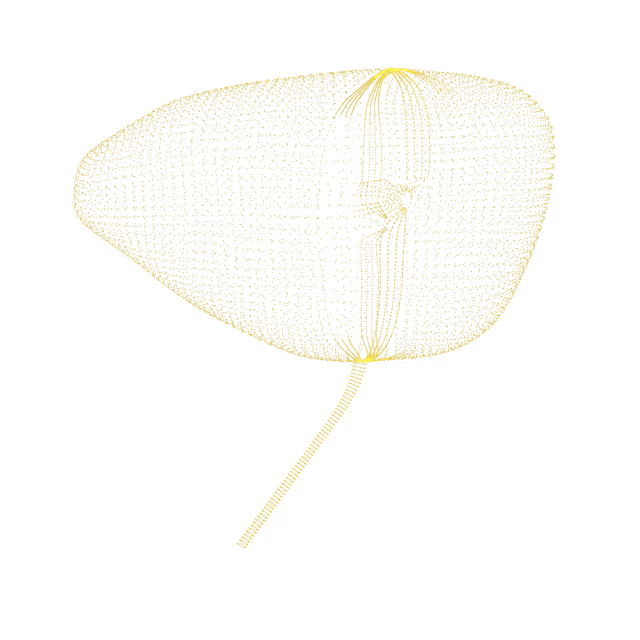
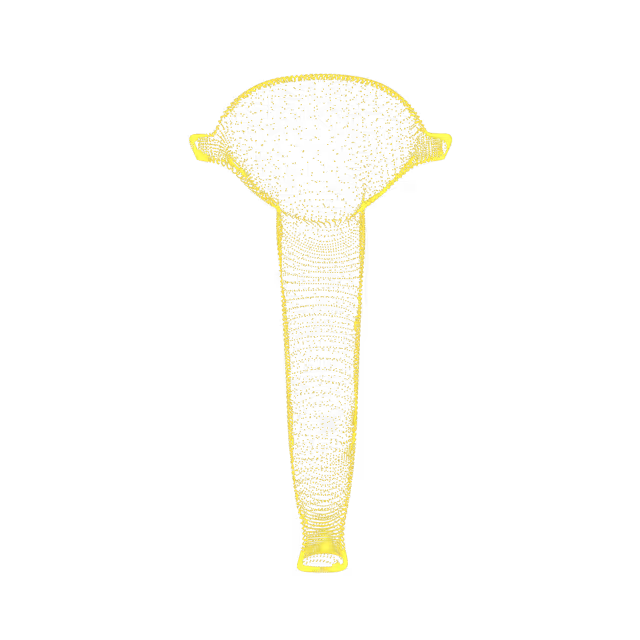
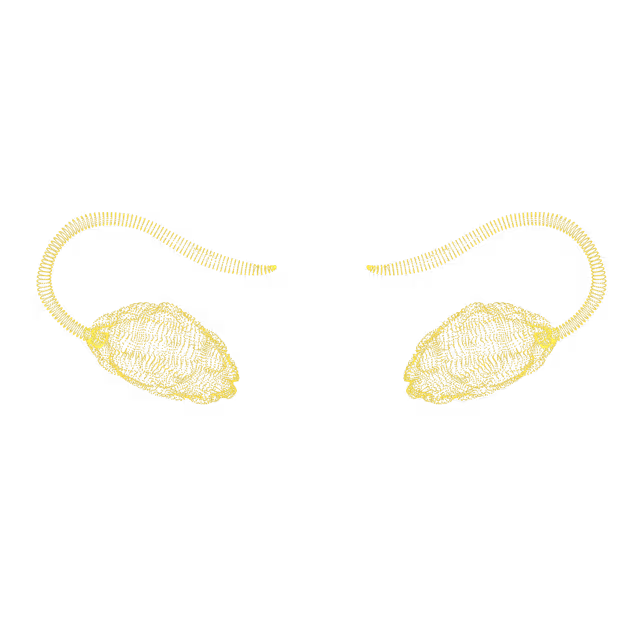
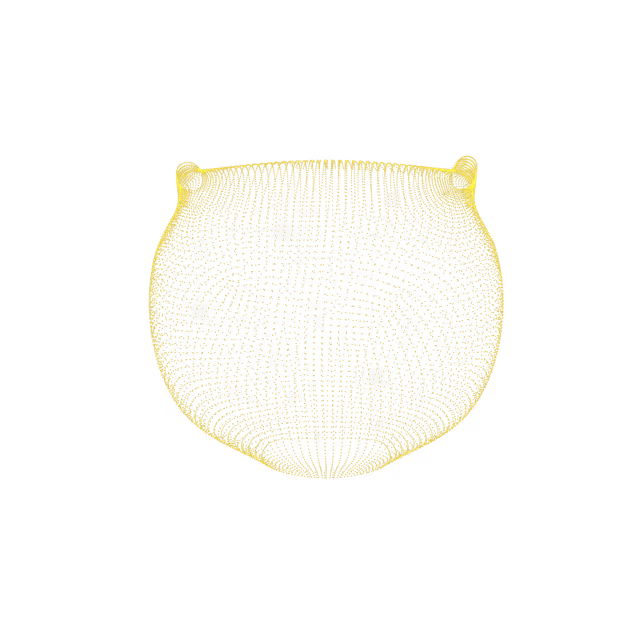

Superior mesenteric artery (SMA) syndrome describes a rare condition when the duodenum (the part of the small intestine that connects to the stomach) is compressed between two arteries (blood vessels that carry blood away from the heart) – the aorta (main artery of the body) and the superior mesenteric artery (which branches off of the aorta).
Thickened gastric folds (TGF) are a common finding on radiological imaging. TGF can be a manifestation of various diseases, with possible causes ranging from inflammatory to malignant conditions.
The common bile duct is a tube that carries bile (fluid that helps with fat digestion) from the liver and gallbladder through the pancreas. Biliary stricture, also known as bile duct stricture, occurs when the bile duct gets smaller or narrower. A narrow bile duct makes it difficult for bile to pass from the liver to the small bowel which can lead to difficulty in digesting food, especially fats.
Rectal duplication cysts are rare, congenital (present from birth) malformations of the gastrointestinal tract.
The splenic flexure is in the sharp bend between the transverse colon and descending colon in the left upper abdomen. It’s situated next to the spleen. Diverticulosis occurs when small, bulging pouches (diverticula) develop in the colon.
This finding could represent something benign (non-cancerous) or a complex hepatic (liver) cyst, a fluid-containing pocket which usually contains debris, solid components (nodularity), internal walls (septations) and/or thickened walls.
Vascular malformation is a general term to describe when blood vessels and/or lymph vessels have an abnormal appearance or connection because of developmental variation - this is a rare but benign (non-cancerous) finding. One type of vascular malformation is an arteriovenous malformation (AVM), which is when the artery and vein are directly connected, instead of being connected by small capillaries.
The portal vein is the main blood vessel that brings blood to the liver from the gastrointestinal tract, spleen, pancreas, and gallbladder. Right before reaching the liver, the portal vein splits into the left and right portal veins. An enlarged portal vein may occur as a result of portal hypertension (high blood pressure of the liver blood system), which is most often caused by cirrhosis (scarring of the liver) or blockages in the portal vein or veins that carry blood from the liver to the heart.
The liver contains bile ducts which carry bile, a fluid that helps the digestion of fats, into the intestines. Liver hamartomas are dilated cystic bile ducts. When there are multiple biliary hamartomas present it is known as Von Meyenburg complexes. Von Meyenburg complexes are usually asymptomatic (do not cause symptoms) and benign (non-cancerous).
The porta hepatis is an area on the surface of the liver where major ducts and blood vessels of the liver enter and exit; there are also nerves and lymph nodes in this region. A lymph node is a small bean-shaped structure that is part of the body's immune system. Lymph nodes filter substances that travel through the lymphatic fluid, and they contain lymphocytes (white blood cells) that help the body fight infection and disease. An enlarged lymph node could be due to a current infection, a recent or past infection, inflammation, or another condition.


© 2025 Ezra